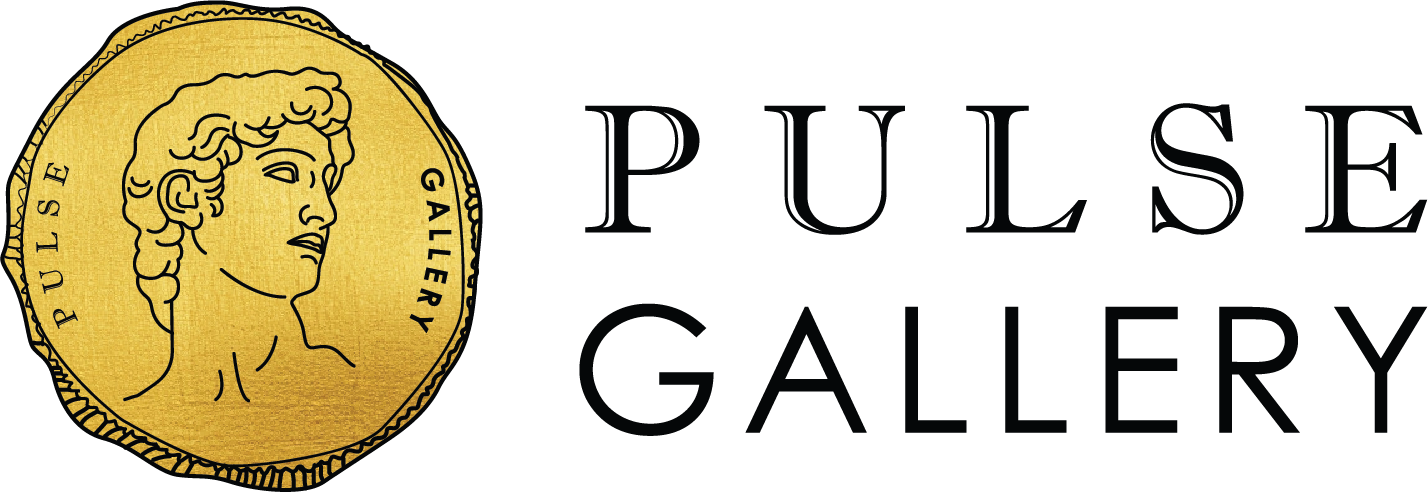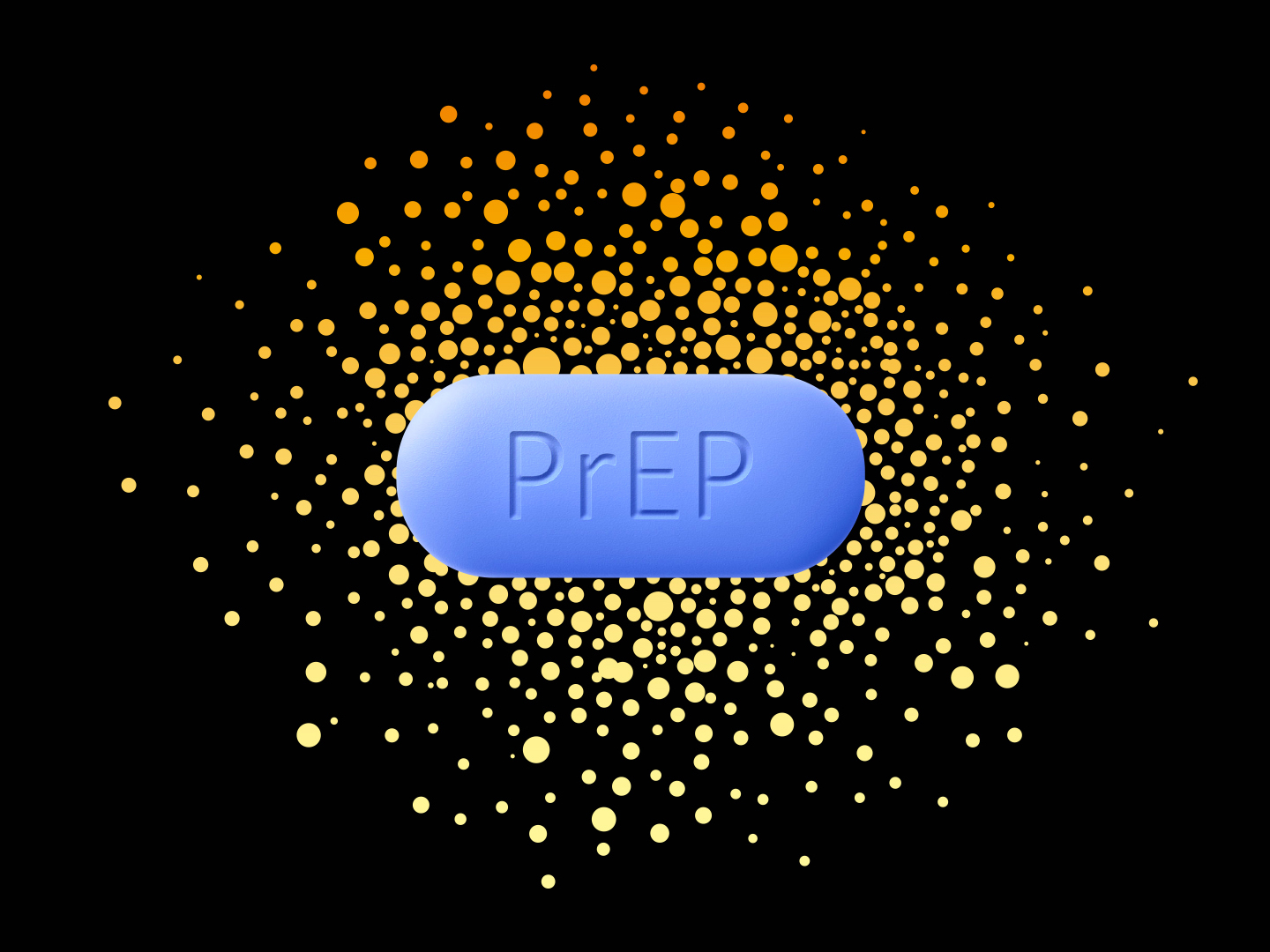Stress treatment and therapy
5043
Stress and Post-traumatic Stress treatment and therapy

Written by Dr.Deyn on 28 June 2016, last reviewed and updated on 22 October 2021
Stress treatment and therapy
Stress is an automatic reaction to something bothersome. Stress compromises the way we think and feel. It complicates life, making everything seem difficult, heavy, and overwhelming. Stress creates many negative effects on our physical and mental health, but the good news is that we can disrupt this automatic reaction and learn to respond to stressors differently.
Book Your Appointment Today!
Contact us at info.bkk@pulse-clinic.com or chat on your preferred platform:
![]() +66 65 237 1936
+66 65 237 1936  @PULSEClinic
@PULSEClinic ![]() PulseClinic
PulseClinic
What Causes Stress?
Sometimes, stress can be positive. Short-term stress, for instance, can be motivating and helpful in meeting challenges. A moderate amount of stress is desirable, according to the Yerkes-Dodson Law describing stress and efficiency; indeed, if stress is too low, performance and efficiency can suffer. The Yerkes-Dodson law also warns that high stress negatively affects us.
Chronic, excessive stress can be damaging to our total well-being, including physical health and mental health. Knowing the causes of this negative stress can help you make positive changes to minimize and manage it. It’s important to know, though, that while the body’s stress response is universal, what triggers it is individualized and dependent on things such as life circumstances, age, developmental stage, and one’s role in life. What causes one person to feel stressed out might not bother someone else at all, and vice versa.
General causes of stress may include:
- Situations that threaten your sense of safety, health, or well-being
- Thoughts and emotions that involve a fear of loss (such as relationship, job, health, or money
- Repetitive worry about something in particular or vague worries about many different things
- Uncertainty
- Perceived lack of control over one or more aspects of your life
- Habitual thought patterns that involve negative beliefs or a pessimistic outlook on life
- A lack of self-efficacy (the belief that you don’t have the resources or ability to deal with challenges)
Whether your stress is triggered by an external cause like a difficult circumstance, an internal one such as negative thoughts, or both, the triggers create a flurry of activity in your brain and body that is responsible for your stress reaction: that feeling of being stressed out and frazzled.
The Physiology of Stress: What Causes Stress Reactions
Your stress reaction, or what we often think of simply as stress, happens when something triggers your fight-or-flight reaction.
This is a body-wide reaction that involves your brain, autonomic nervous system, hormones, and other substances that affect a variety of biological functions:
- Your senses notice something bothersome
- The sensory input is processed by the thalamus in your brain
- The thalamus warns your amygdala, another brain region, that something negative is happening (the amygdala is an emotional center within the brain, responsible for feelings including fear)
- The amygdala and other emotion-related areas of the brain alert the motor cortex, which sends messages through nerve pathways, instructing muscles to tense and tighten to prepare to react to the stressor
- The amygdala also wakes up the hypothalamus, an area in the brain right above the brainstem
- The hypothalamus jumps into action and alerts the pituitary gland, causing it to send a chemical messenger called corticotropin-releasing factor (CRF) down to the adrenal glands on top of the kidneys
- The adrenal glands join this reaction by releasing stress hormones such as cortisol, epinephrine (adrenaline), and norepinephrine (noradrenaline)
- Meanwhile, the part of the autonomic nervous system known as the sympathetic nervous system revs up and sends warnings through the spinal cord and out into the nerves throughout the body to further prepare you to flee from or fight the stressor
- As a result of all this activity, your senses sharpen, your breathing rate speeds up, your heart rate and blood pressure increase and glucose and fats are released into the bloodstream to keep you on high alert for more danger
- Your immune system is also prodded into high gear and causes inflammation in your body just in case you are injured by the stressor and need to heal
A lot happens inside of you when you face something that causes stress. Your physiological reaction to a trigger leads to the symptoms of stress.
Symptoms of Stress
Because our entire system—body, brain (the physical organ), and mind (thoughts and feelings)—is involved in our stress reaction, we can feel many different types of symptoms of stress: cognitive (thought-based), emotional, physical, and behavioral.
Cognitive symptoms of stress include:
- Constant or near-constant worry about one or many different things
- Difficulty concentrating
- Problems remembering things
- Troubles making decisions
- Brain fog, difficulty thinking clearly
- Decreased creativity or problem-solving ability
- Reduced sense of humor
Emotional symptoms of stress:
- Irritability, anger, or a short temper
- Increased crying spells or crying easily at little things
- Nervousness, feeling keyed-up or on edge
- Restlessness
- Loneliness
- Vague feelings of unhappiness
- Sense of purposelessness
- Feeling easily overwhelmed
- Decreased motivation
Physical symptoms of stress include:
- Muscle tension
- Pain anywhere in the body
- Fatigue
- Difficulty falling or staying asleep
- Palpitations
- Shakiness, tremors
- Increased sweating
- Ringing in the ears
- Teeth grinding
- Dizziness, with or without fainting
- Choking sensation and/or difficulty swallowing
- Digestive troubles
- Frequent need to urinate
- Decreased libido
Behavioral symptoms of stress:
- Difficulty starting or finishing tasks
- Using avoidance coping strategies to avoid people, situations, or tasks
- Criticizing others or making many negative statements about life in general
- Frequent brooding
- Fidgeting
- Emotional eating
- Substance use, including smoking
- Withdrawal from friends and family
- Isolation
Whether you experience any symptoms or just a few, the symptoms of stress are highly disruptive to life. They affect us on all levels and disturb our sense of ourselves and our place in the world. Therefore, stress management is crucial to our well-being.
How Therapy Can Help You Manage Stress
If you are suffering because of stress, know that you aren’t alone. Everyone experiences stress. You don’t have to work your way through it by yourself; it’s okay to seek help from others, including professional therapists. A therapist can help you identify and better understand your triggers, deal effectively with concerns and problems underlying stress, and develop an action plan to manage stress in a way that works for you.
Sometimes, people are hesitant to seek professional help for stress because they think that therapy is only for those with diagnosable mental health conditions. According to the American Psychological Association, therapy helps people of all ages and backgrounds address a wide variety of concerns, including life stressors to boost well-being.
In working with a therapist, you can:
- Develop tools to help you manage your body’s stress reaction so you aren’t at the mercy of your stressors
- Boost your resiliency
- Make changes for a healthy lifestyle to keep stress at bay
- Learn new insights and form a new relationship with your triggers so you can use stress for positive outcomes
- Feel more in control of your life
- Discover ways to replace stress with a sense of meaning and purpose
- Identify and change negative thought patterns that both contribute to and result from stress
I have my prescription and I want to order now, TAKE ME THERE !
7 Therapy Options for Managing Stress
Therapy can be beneficial for stress management, helping people deal with it positively. Specific therapeutic approaches are particularly helpful in dealing with and managing stress. Here is a brief overview of stress-management therapy options.
1. Cognitive Behavioral Therapy (CBT) for Stress
Cognitive behavioral therapy (CBT) is an approach to mental health that involves learning to identify negative thinking patterns that can increase stress and contribute to anxiety and depression. In working with a CBT therapist, you can recognize and change maladaptive thought patterns, identify your triggers, create and implement new, helpful behaviors, improve your emotions, and develop specific tools for dealing with problems.
2. Acceptance and Commitment Therapy (ACT) for Stress
Acceptance and commitment therapy (ACT) is an approach to therapy that helps people move past challenges like stress and create their version of a quality life. With ACT, you learn to stop struggling against stress, change your response to it, and live in a way that reduces it. Acceptance and commitment therapy changes how people respond to stress and increases feelings of well-being.
3. Positive Psychology for Stress
Positive psychology is a scientific field of study that identifies and develops characteristics that help people flourish, and it is useful for stress because it helps build skills and perspectives to increase what works instead of focusing on what is wrong. Working with a therapist who incorporates positive psychology can help you increase such stress-reducing abilities and outlooks such as optimism and gratitude. Furthermore, this therapeutic approach helps people identify and use their unique character strengths as well as planning and taking positive action to improve their lives—important skills for keeping stress at bay.
While positive psychology is a fairly new approach to therapy, it is a legitimate field of psychology recognized by the American Psychological Association that can help people rise above stress and thrive. Principles of positive psychology are often incorporated into many different types of therapy. As such, the cost and length of therapy vary greatly.
4. Mindfulness-Based Stress Reduction (MBSR) & Mindfulness-Based Cognitive Therapy (MBCT) for Stress
Mindfulness-based stress reduction (MBSR) and mindfulness-based cognitive therapy (MBCT) are structured group programs that help people manage stress and cope positively with general life challenges. Both emphasize mindfulness, living fully in and paying attention to the present moment rather than being stuck in stress-perpetuating thoughts and emotions.
Participants in MBSR programs learn mindfulness, meditation, yoga, and information about stress as well as stress-management tools. In an MBCT program, participants learn a combination of mindfulness and CBT techniques to deal positively with stress. Both MBSR and MBCT have been shown to reduce stress and ease symptoms of anxiety and depression.
5. Music Therapy for Stress
Music therapy involves purposefully listening to or creating music to create positive changes in emotional and physical health. While people can listen to music on their own as a relaxation technique, music therapy involves specific music interventions led by a trained music therapist. Music therapy has been shown in studies to help people reduce and better manage stress because it induces calmness and a state of relaxation by decreasing the body’s physiological stress reaction and boosting positive emotions.
6. Art Therapy for Stress
Art therapy is a creative approach to mental health therapy that can involve such activities as collage-making, creative journaling, drawing, and painting, as well as discussion and processing of creations that lead to personal insight and discovery.25 It has been found to help people reduce stress by lowering cortisol levels in the body resulting in better mood, and relaxation, and reduced physical symptoms such as headaches, chest pain, and sleep problems.
7. Biofeedback & Autogenic Training for Stress
Biofeedback and autogenic training are interventions designed to help people become more in tune with their physiological stress reactions and what happens in their bodies when they’re stressed. During a biofeedback session, a therapist uses noninvasive instruments to measure brain waves, heart rate and rhythm, breathing rate, and muscle activity and helps a client recognize these bodily sensations.
Then, people learn relaxation techniques to calm the body’s stress reaction when they notice it. The number of biofeedback sessions necessary to learn to recognize and control the physiological stress response varies.
Autogenic training typically occurs over four to six months and involves specific lessons, techniques, and practices. Throughout training, people learn to activate the PNS and induce the relaxation response.
PULSE Counselling and Therapy Program |
Program Duration
Personalized and Easy
Confidential
Online / Face to Face
|
Book Your Appointment Today!
Contact us at info.bkk@pulse-clinic.com or chat on your preferred platform:
Add us on Line and stay in touch.
Loading...
P u l s e Clinic Locations
Loading...






